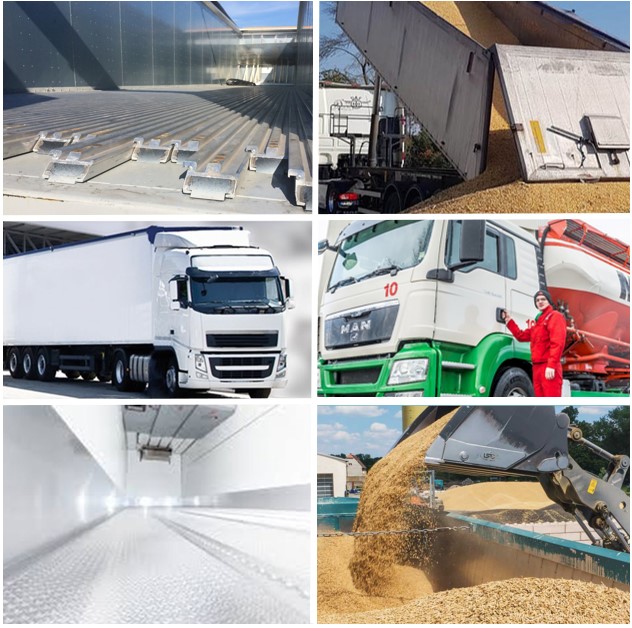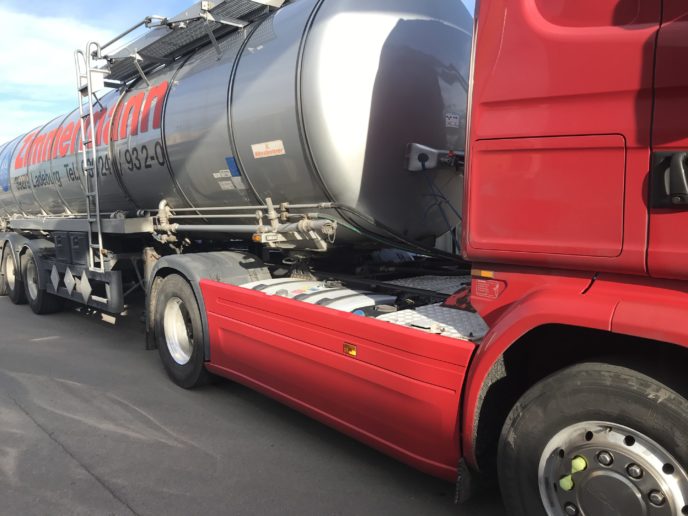Cleaning of feed transport units
Hygiene and feed safety during transportation
As an international association, ENFIT has decided to expand the previous basis for safe feed transport, the transport container and the cleaning of the feed transport container with concrete, verified and validated cleaning programs. Therefore, we also recommend using the cleaning programs already developed for cleaning food transport containers for the animal feed or its previous loads. An assignment is made by our expert team.
The basics for cleaning feed transport containers (see GMP+ IDTF database) were worked out years ago by our partner GMP+ international and the members of the ICRT in working groups. So far, they have formed the basis for the transport of animal feed and raw materials that are used for the production of animal feed. However, these are only rough minimum recommendations for cleaning. These minimum recommendations offer the transporters and cleaning stations a great deal of leeway, which does not offer the feed industry the required feed safety.

